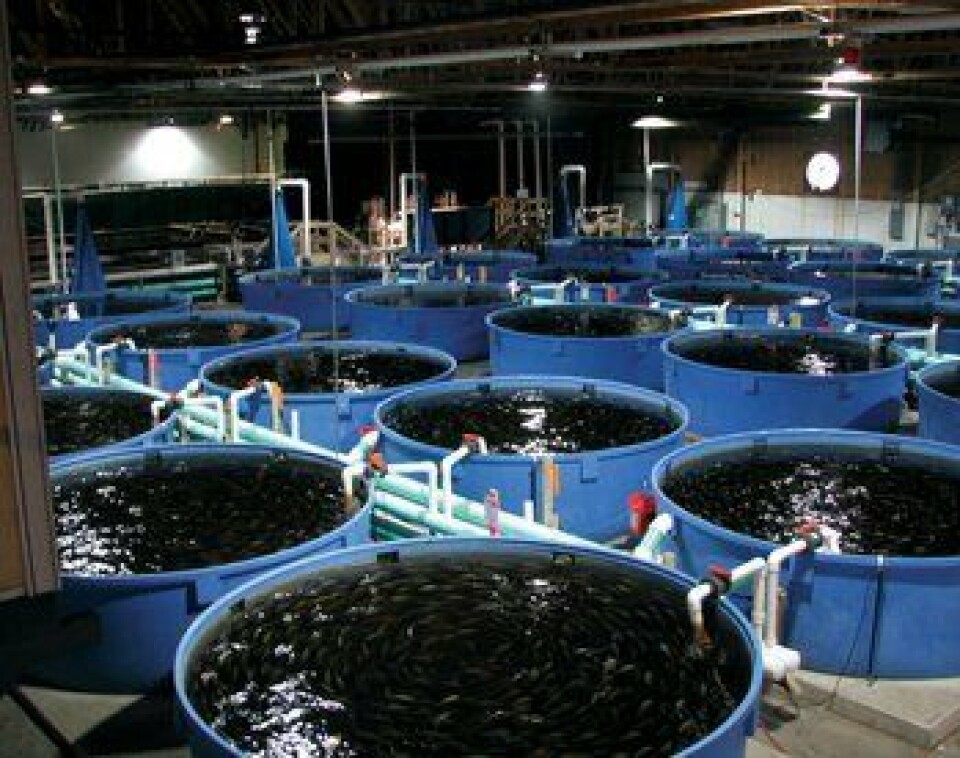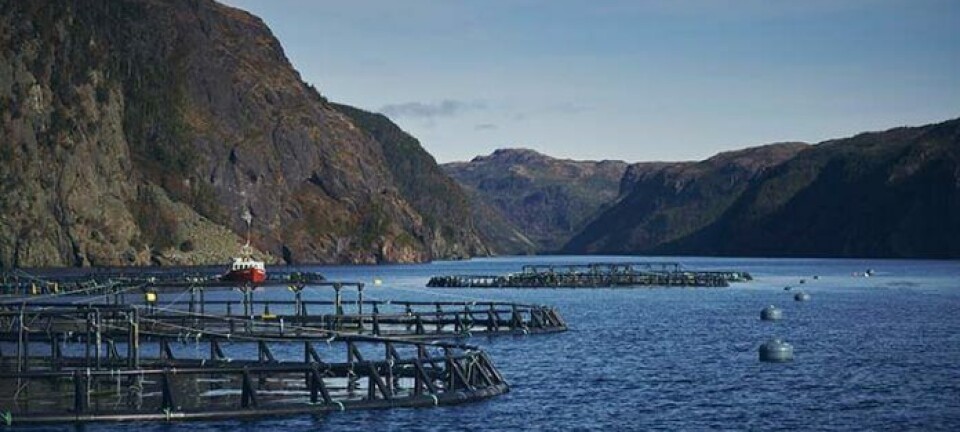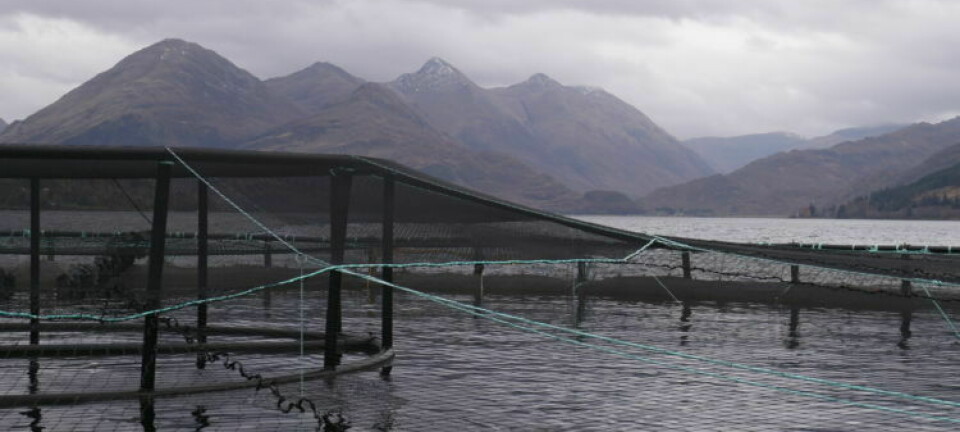
Another Atlantic salmon tank farm
Opinion
It is too bad that environmental groups and individuals have to exaggerate the environmental effects of conventional fish farms in the ocean to justify their interest in new technology such as the Recirculating Aquaculture System (RAS) that has been under study at a number of facilities around the World for some time, and which has enabled a US facility to grow Atlantic salmon to harvest size at high densities.
A relatively new business like salmon farming will go through a period of refinement and innovation. And like wild salmon, farmed fish do deposit their waste in the ocean. Keeping Atlantic salmon in tanks in freshwater will no doubt eliminate waste going to the sea and sea lice spreading to/from the farmed stock, but high densities needed to pay the bills and early maturation will be challenges that will need to be dealt with- as will be the need for certified disease-free stocking fish that won’t come down with diseases associated with the stress of high-density rearing.
In a recent posting by Selena Ross in The Chronicle Herald, the president of the Atlantic Salmon Federation Bill Taylor is stating that conventional net pen salmon farmers “have to use an awful lot of pesticides and antibiotics to deal with diseases”. Does he know that less than three per cent of the feed given to farmed salmon in British Columbia contain any kind of “pesticides or antibiotics”? If he is so concerned about antibiotic usage for livestock, perhaps he should consider the following;
- Antibiotic use in salmon farming in B.C. (2008)- 71 gram per tonne produced- or approximately 5,100 Kg. All use of antibiotics is prescribed by a veterinarian, and only when fish are sick
- A 2002 U.S. report suggests that some 11.2 million Kg of antimicrobials were used in one year in the absence of disease for non-therapeutic purposes
And his suggestion that “You don’t have to deal with that at closed-containment facilities” was proven wrong when AgriMarine had to treat Chinook salmon with antibiotics when they came down with Bacterial Kidney Disease after being reared at high densities in a “closed-containment” bag system near Campbell River a couple of years ago.
Selena Ross writes;
Researchers try to raise salmon indoors .Pilot project aims to reduce impact of fish farms
Salmon anglers and conservationists are collaborating on an experiment to test whether indoor, freshwater tanks can be used to farm Atlantic salmon on an industrial scale — an idea that fish farmers say is unrealistic. The Atlantic Salmon Federation and The Conservation Fund, an American environmental group, spent the past year raising Atlantic salmon in a stainless steel tank in West Virginia. Most of the tank’s water is filtered and recirculated, creating a clean environment for the farmed fish while keeping them away from wild stocks.
Bill Taylor, president of the federation, said he hopes the pilot project will show that salmon can be farmed indoors at competitive costs, while reducing the environmental strain that he said is inevitable with open-pen farming. "In present open-sea net pen operations, farmers have to use an awful lot of pesticides and antibiotics to deal with diseases. You don’t have to deal with that at closed-containment facilities," he said. "We can begin to transition away from the age-old technology that we’re using now." Trout, char, Pacific salmon and other fish species are farmed commercially using similar technology, said Taylor, but this is the first experiment of its size raising Atlantic salmon.
East Coast fish farmers say the idea is unlikely to take off on a larger scale. Pamela Parker, executive director of the Atlantic Canada Fish Farmers Association, said raising New Brunswick’s yearly production of Atlantic salmon, 35,000 tonnes, in closed-containment systems would take 8,000 football fields’ worth of land, $1.5 billion to build infrastructure and access to water and power. "It’s an awful lot of money and it creates a huge amount of other environmental impacts to grow a species in a totally artificial environment," said Parker. Open-pen farmed Atlantic salmon are already raised in closed-containment tanks for the first third of their life, mimicking their freshwater-to-saltwater life cycle, said Parker. But growing the fish to adult size, normally at about three years old, cannot be done on a commercial scale with current closed-containment technology, she said.
The salmon federation has spent $120,000 raising 10 tonnes of salmon this year in the pilot-project tank, said Taylor. The fish reached market size, eight to 10 pounds, in that year. The Conservation Fund has been running closed-containment experiments with various fish species for two decades. Last week, Nova Scotia’s NDP government approved permits for large-scale, open-site aquaculture farms in St. Marys Bay. In response, Liberal MLA Harold Theriault of Digby-Annapolis demanded proof from the fisheries and aquaculture minister that such farms are environmentally safe.























































